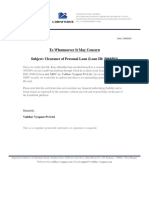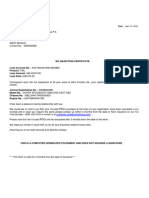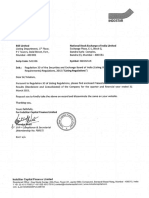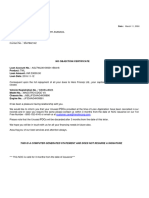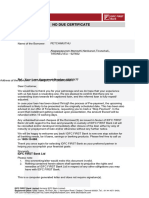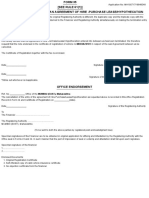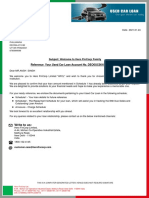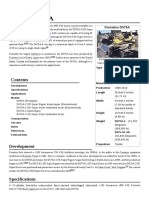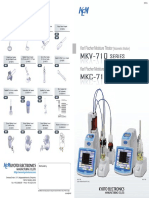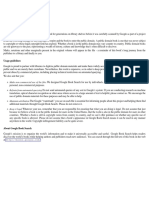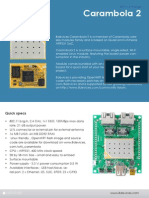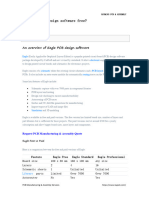0% found this document useful (0 votes)
60 views14 pagesFront-End Dev's Guide to Client Scripts
Uploaded by
rhenancfdnCopyright
© © All Rights Reserved
We take content rights seriously. If you suspect this is your content, claim it here.
Available Formats
Download as PDF, TXT or read online on Scribd
0% found this document useful (0 votes)
60 views14 pagesFront-End Dev's Guide to Client Scripts
Uploaded by
rhenancfdnCopyright
© © All Rights Reserved
We take content rights seriously. If you suspect this is your content, claim it here.
Available Formats
Download as PDF, TXT or read online on Scribd
/ 14





